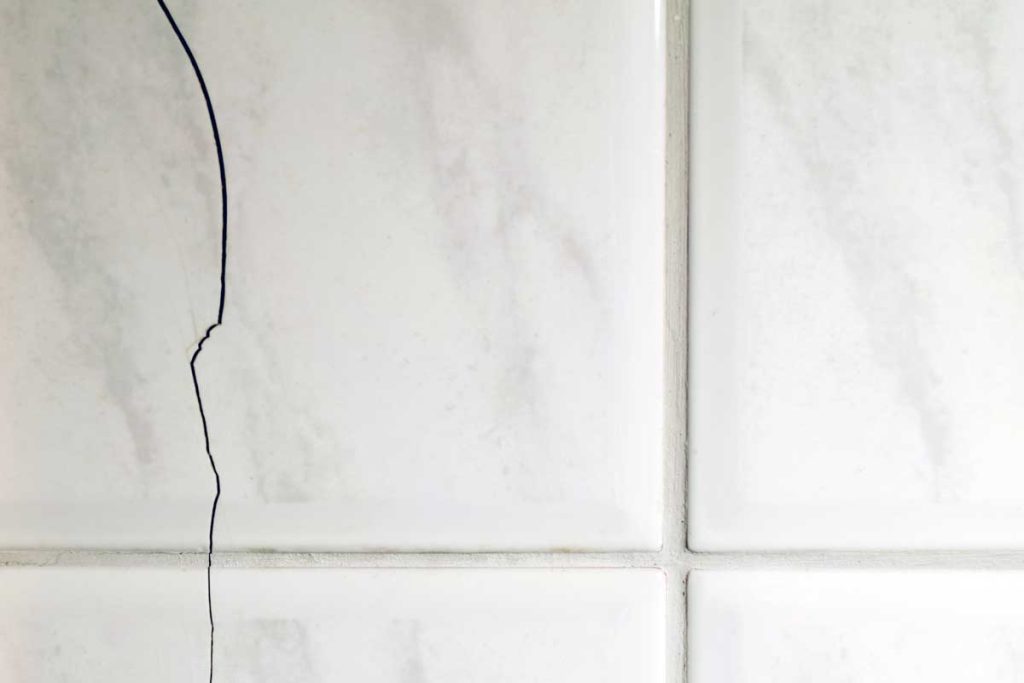
Cracked bathroom tiles can be a frustrating aesthetic problem, affecting the overall look of your bathroom. This comprehensive guide will walk you through both repairing and replacing cracked tiles, equipping you with the knowledge to confidently handle this common issue. Whether a minor crack requires quick attention or extensive damage necessitates complete renovation, we’ve got you covered with expert advice and cost-effective solutions. This article will cover the key aspects of tile repair and replacement, providing insights into diagnosing the damage, choosing the right materials, and implementing the best strategies for successful repairs or replacements. We’ll also discuss the potential cost implications and help you make informed decisions based on your budget and project scope.
Diagnosing the Damage: Assessing Cracked Tiles
Initial Inspection
Before deciding on a course of action, carefully examine the extent of the damage. Is it a hairline crack, a larger fissure, or a complete break? The severity of the crack directly impacts the repair or replacement decision. Consider the location of the crack. Is it in a high-traffic area? Is it near a source of potential water damage? All these factors can influence the long-term maintenance and structural integrity of the affected area. Identifying the cause of the damage—whether from normal wear and tear, improper installation, or other factors—is crucial for selecting the right course of action. A thorough initial inspection sets the stage for choosing the correct repair or replacement procedure and ensuring lasting results.
Identifying the Root Cause
Understanding the reason for the damage is essential. Was it a result of a sudden impact, such as dropped objects? Or is it part of a broader problem affecting the surrounding tiles? Determining the origin of the issue helps to pinpoint the solution and prevents similar problems from occurring in the future. A professional assessment by a certified tile installer can help you understand the precise cause and the ideal approach for rectifying it.
Repairing Cracked Tiles: A Cost-Effective Solution
Choosing the Right Materials
Repairing cracked tiles is often a more economical choice for minor damage. The necessary materials depend heavily on the type of tile and the severity of the crack. Epoxy resins and specialized tile repair kits are commonly used. A quality epoxy resin with good adhesion and durability is paramount for a successful repair. In addition, make sure that the color of the epoxy resin is a close match to the existing tile, ensuring the repair is not noticeable. Different types of epoxy resins have varying drying times, which influence the application process and subsequent use of the repaired area.
Application Techniques
Applying the repair material precisely is crucial for a successful outcome. Thoroughly clean the cracked area to remove any debris or loose particles. Mix the epoxy resin according to the manufacturer’s instructions and apply it to the crack, ensuring a full and even coverage. Use small, controlled movements to avoid air bubbles and ensure optimal adhesion. Allow the resin to cure completely according to the manufacturer’s directions, and once cured, carefully sand the repaired area to match the surrounding tiles. Proper technique ensures that the repair blends seamlessly with the existing tile and is suitable for daily use.
Replacing Cracked Tiles: A Comprehensive Approach
Assessing the Extent of Replacement Needs
In some cases, replacing cracked tiles becomes the more practical approach. Extensive cracks, especially if they compromise the structural integrity of the tile or if the surrounding tiles exhibit similar issues, often necessitate replacing the damaged tile and surrounding areas. Careful planning is necessary when assessing the extent of the replacement. For instance, if a crack is in a visible area like a wall, the whole section may need to be replaced for an aesthetically pleasing result. This may lead to a more significant expenditure compared to repair. A detailed assessment will help you determine the most viable approach for your specific situation.
Replacement Process and Considerations
The replacement process typically involves removing the damaged tile and surrounding tiles if necessary, preparing the surface for new tiles, selecting the new tile, and carefully installing it. Choosing a new tile that complements the existing decor is a crucial part of the process. Factors such as the tile’s size, shape, and color will influence the look and feel of the renovated area. Professional installation is highly recommended for optimal results and to prevent future problems. Professional installation can significantly improve the overall outcome, ensuring a stable, durable, and aesthetically pleasing result.
Cost Analysis and Budget Planning
Repair Costs
Repairing cracked tiles can be a more economical option, depending on the extent of the damage. Costs are influenced by the size and location of the damage. Estimating repair costs depends on the type of material used and the labor involved. Small repairs may cost between $50 to $100, but significant repairs could be significantly higher.
Maintenance and Prevention
Proactive Measures
Implementing preventative measures can minimize the risk of future tile damage. Regular cleaning to remove dirt and debris can maintain the integrity of the tiles, while avoiding impacts in high-traffic areas can prevent damage. Consider using non-abrasive cleaners, and always be cautious when moving furniture or other heavy objects to prevent damage to the tiles.
In conclusion, repairing or replacing cracked bathroom tiles hinges on a careful assessment of the damage, budget, and desired aesthetic. If the crack is minor and the tile is in good condition, repair might be the cost-effective option. However, for extensive damage or if you’re aiming for a significant design update, replacing the entire tile is recommended. Consulting a professional can provide you with expert guidance and ensure the longevity and integrity of your bathroom floor. Consider these factors to make the right decision and transform your bathroom with confidence. Ready to fix your cracked bathroom tiles? Visit our website today for detailed guides and expert tips!